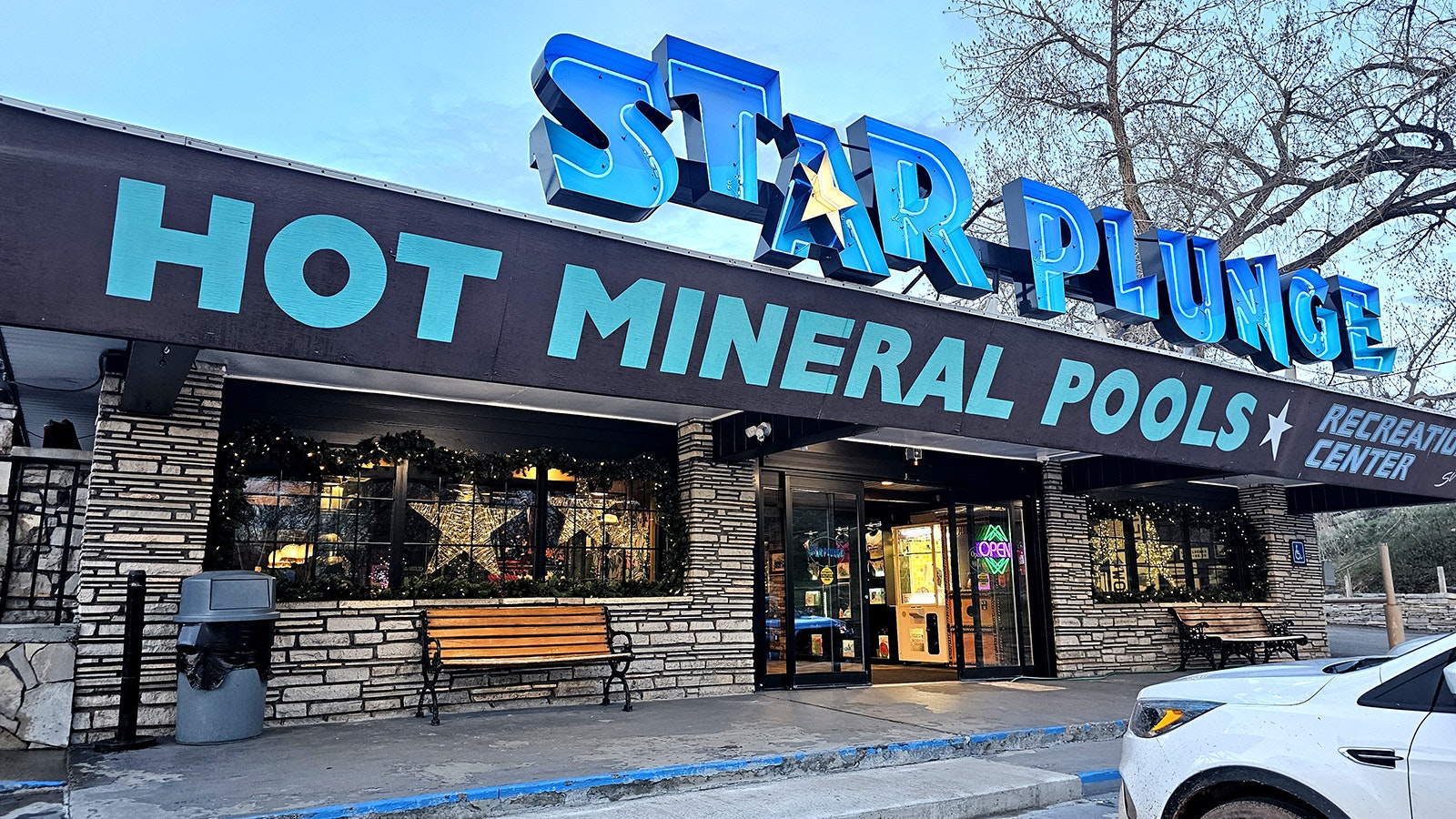Dear editor:
Wyoming’s economy is growing, thanks to an ambitious business sector and in part to a top-ranked business tax code that keeps our core industries thriving while enabling state officials to strengthen new sectors like advanced manufacturing and warehousing.
Case in point, Wyoming is home to six railroads that operate 1,860 miles of track and provide over 1,600 good-paying jobs. Our miners, ranchers, energy producers and manufacturers depend on affordable and efficient rail connections to move their products to domestic and foreign customers – most reached via the West Coast.
When companies can locate on rail, they enjoy access to the most affordable and efficient way to move freight on land—and our public roadways are spared some of the costs of freight movement.
In fact, the most recent Wyoming Statewide Rail Plan emphasizes how investments into “improved access to the national rail network via new industrial spurs and intermodal facilities” would encourage economic development.
For their part, Wyoming’s two large, “Class I” railroads BNSF and Union Pacific have collectively invested $581 million into Wyoming’s rail network from 2019 through 2023. This private spending not only supports traditional mineral extraction but is also laying the foundation for a broader economy.
We need to make sure federal and state governments recognize the success enabled by balanced regulations that do not disincentivize railroad investment and innovation.
Unfortunately, that is not the case in California, which is currently requesting a waiver from the U.S. Environmental Protection Agency to move forward with new regulations requiring zero-emission rail locomotives starting in 2030 – even though the technology does not exist.
The rule from the California Air Resources Board, or CARB, requires railroads to deposit funds totaling as much as $800 million per railroad per year into a California “spending account” that could only be utilized to purchase zero-emissions locomotives (which don’t even exist) or invest in infrastructure necessary to achieve compliance.
In the meantime, the rule would sunset some 25,000 useful locomotives across the U.S. rail network just for being 23 years old or older. Massive rail disruptions and supply chain slowdowns would ensue, raising prices and pushing freight to less efficient options.
Granting the waiver would also open the floodgates to expansion of these disruptive mandates given that Section 209(e) of the Clean Air Act permits other states to adopt CARB regulations once authorized by EPA.
Creating a patchwork of state laws governing rail operations would severely undermine the interconnectivity of the freight rail network and run afoul of federal laws created to preserve that network. It’s bad enough that 65% of the nation’s locomotive fleet travels through California annually, but if Oregon and Washington were to join California, trains would effectively be prevented from reaching the West Coast.
The Wyoming Business Alliance and Wyoming Mining Association recently joined over 200 other state business and industry groups in a letter asking the EPA to reject the misguided rule, underscoring that the “draconian financial and operational burdens” would “undermine vital freight rail service and threaten jobs and quality of life in all our communities.”
For example, the 700-acre Casper Logistics Hub is fueling development across the region, and our state’s growth in warehousing, in part because of its railyard, transloading hub and connections to BNSF’s line.
But if the railroad is required to spend its finite investments on non-viable zero-emissions technology in California, it could undermine the level of rail investment in Wyoming.
The Union Pacific Railroad began building rail lines in 1862 along the Wyoming Territory’s eastern border as it worked to connect with the Central Pacific Railroad and complete the Transcontinental railroad in 1869 (31 years before we celebrated statehood).
Even today, the rail lines that were instrumental in our early development continue to deliver prosperity and opportunity—and will continue to define and enhance our quality of life for another generation.
Wyoming rejects policies like CARB that simply make no sense—and threaten how we do business. We appreciate Senator Lummis’ leadership in Washington opposing this issue and look to our entire delegation to advocate for Wyoming as the EPA contemplates its decision.
Sincerely,
Travis Deti and Renny Mackay
Travis Deti is the Executive Director of the Wyoming Mining Association and Renny Mackay is President of the Wyoming Business Alliance.





